What is a Generative Art NFT?
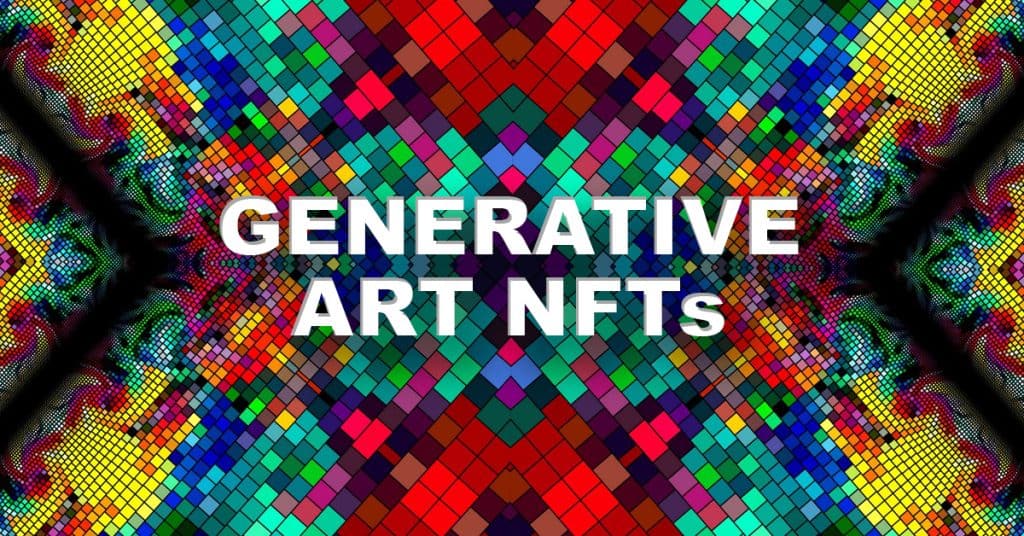
NFT trends shift and cycle, and while interest in PFP projects is currently dipping, generative art NFTs are experiencing a surge.
Just to be clear about what exactly generative art means, it usually refers to digital art that is algorithmically put together by a programmed system. There’s an element of randomness to what is created, and it’s a crossover between coding and artistry.
Generative art is nothing new, going back to the 1960s, but over the past year or so has experienced an explosion of activity and interest in the world of NFTs.
Art Blocks
Image credits: Dmitri Cherniak
In the generative art NFT space, Art Blocks is the definitive creative platform. It was founded by an innovator known as Snowfro (real name Erick Calderon) in November 2020, using funds raised by selling part of his CryptoPunks collection. New collections from an ever-expanding range of artists are generated and sold through Art Blocks, some of which have become prestigious collectible assets that sell for huge sums.
Within Art Blocks, there are three sections: Art Blocks Curated, Art Blocks Playground, and Art Blocks Factory. Curated projects are closely reviewed and, well, curated, giving them an element of special attention and exclusivity. Playground projects are more experimental and give artists a space in which to play around with ideas, but can only be created by artists from the Curated section. Factory projects are similar to Playground projects, but the space is open to artists who have not previously released work in the Curated section.
Arguably the most famous Art Blocks projects are Fidenza and Ringers, while Chromie Squiggle, created by Snowfro himself, was the first Art Blocks mint. The platform has been central in creating a huge range of generative art to explore and collect, through Art Blocks itself and on secondary markets.
Other Platforms & Projects
GM Studio
Image credits: Mathias Isaksen
Created by gmDAO, a community of collectors, artists and investors, GM Studio is a platform for new talent to launch generative art NFT collections. It recently gained increased recognition through the success of the Factura collection, which then boosted sales of earlier projects Plasticity, Mind the Gap, and Koripo, and pumped the price of the gmDAO access and governance token.
Art Foundry
Image credits: Art Foundry
Art Foundry was originally known as Degen Art Club, this project is the work of artist, engineer and designer Lim, who also co-founded West Coast NFT, a web3 development team that helped launch Doodles and MFers.
The most recent collection to drop was Metaglyphs, and previous drops include Pukenza (a Doodles derivative inspired by Fidenza) and Happy Accident. Of these collections, Metaglyphs and Happy Accident are both fully on-chain and can be bought in the same place.
If you hold a Linea Forma Mint Pass (which are artworks in themselves), then you’ll get access to future releases, and up to now, minting has been free for pass holders (except for gas payments).
Gen.Art
Image credits: Dan Zucco
The Gen.Art platform is run as a DAO and drops at least one new collection a month, featuring some talented artists with a range of styles. Members have access to all new mints, and you can become a member by picking up a pass on secondary, where prices have dipped, at the time of writing, to around 0.25 ETH.
There are 5,000 regular passes and 500 gold passes, the latter of which allow holders to mint 5 items from new drops, and give access to the DAO Steering Committee, events, and exclusive drops and 1/1 pieces.
Artists & Collections
When it comes to art, it’s all about individual tastes, but as a starting point here are some interesting artists and collections that are well respected, some of whom have been pulling in increased attention lately and enjoying a satisfying uptick in sales.
Image credits: Grant Riven Yun
Grant Riven Yun doesn’t only create generative art NFTs, but his fully on-chain Primera collection, made in collaboration with Andrew Mitchell, took that route, and has been moving on secondary lately, although the most recent interest is focused around his precise, minimal 1/1 artworks.
Image credits: William Mapan
William Mapan has a collection called Dragons on fxhash (a generative art NFT platform on the Tezos blockchain) and a highly original, standout collection called Anticyclone, created on Art Blocks.
Image credits: ykxotkx
ykxotkx doesn’t have a lot of personal information online (don’t ask how to pronounce the name), but has had work exhibited at the Museum Angewandte Kunst in Frankfurt, and appears to be based in Japan. Ultimately though, the work, which is stunning and in some cases uses an ukiyo-e style, speaks for itself. Collections can be found on fxhash.
Image credits: Andreas Rau
Andreas Rau is a designer and artist who creates clean and stylish generative artwork, with collections minted on the Tezos blockchain available at Teia and Objkt (both of which are Tezos NFT platforms), and at fxhash.
Image credits: unsigned_algorithms
Unsigned _algorithms is the work of programmer and engineer Alexander Watanabe. It’s among the earliest wave of NFT collections on Cardano, is entirely on-chain, and has come to be regarded by Cardano NFT collectors as a piece of history. The NFTs can be picked up on Cardano secondary markets.
Image credits: Shvembldr
Shvembldr (real name Ilja Borisovs) is an artist from Latvia, who is now publishing an ongoing account of a criminal case being brought against him, which he claims is unjust. The story is generating a lot of interest, as are Shvembldr’s NFTs, notably the Alien DNA collection.

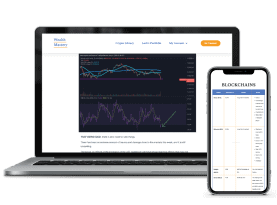




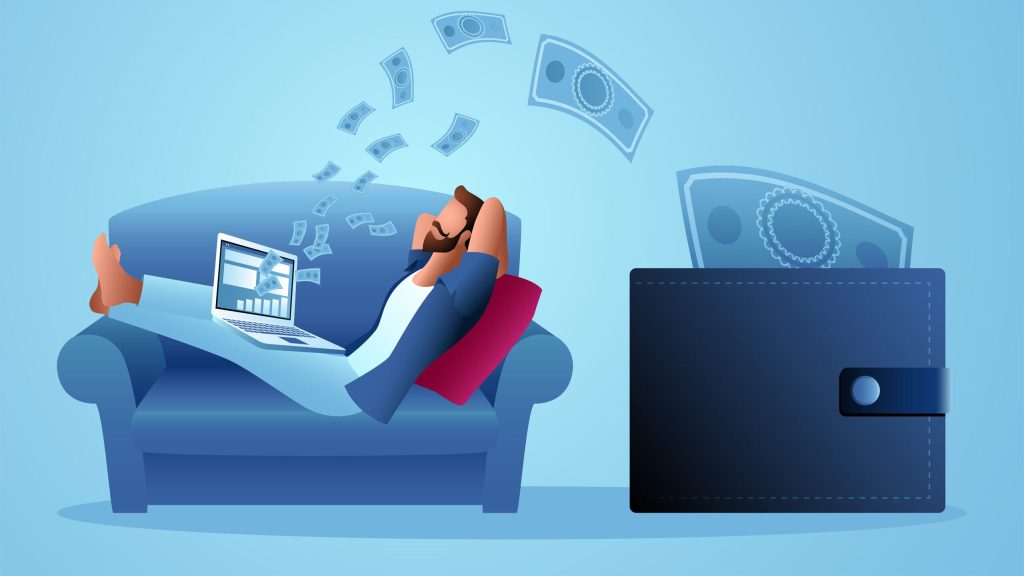
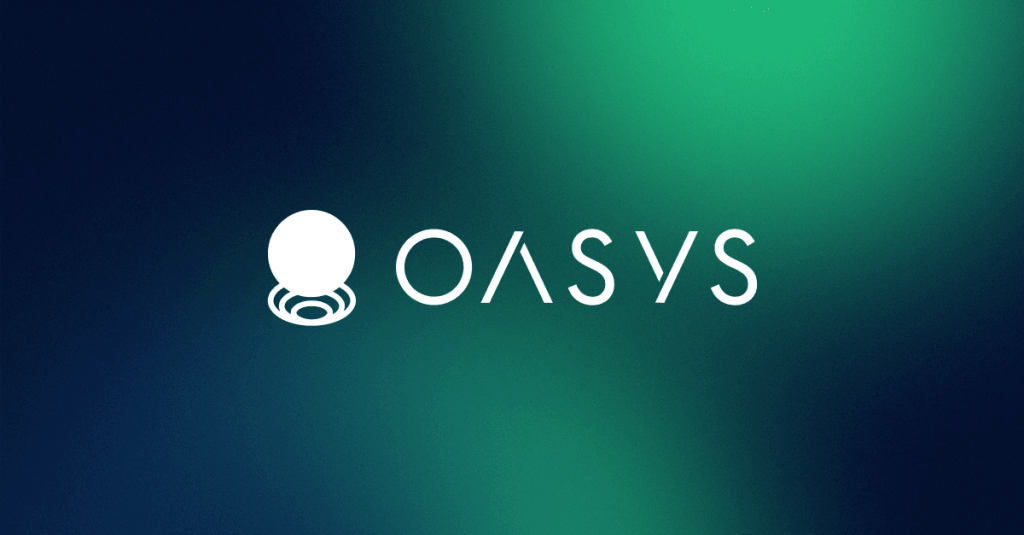
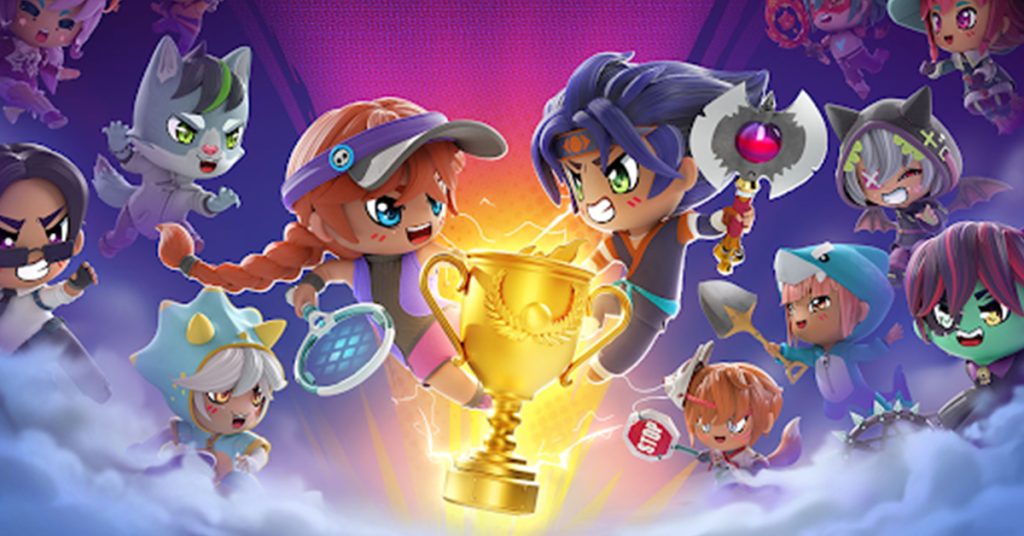
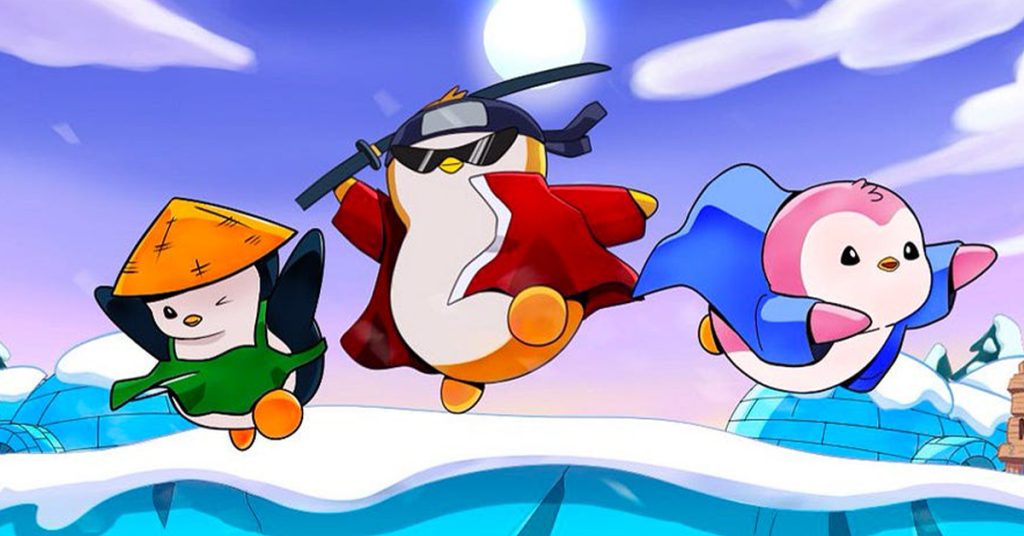
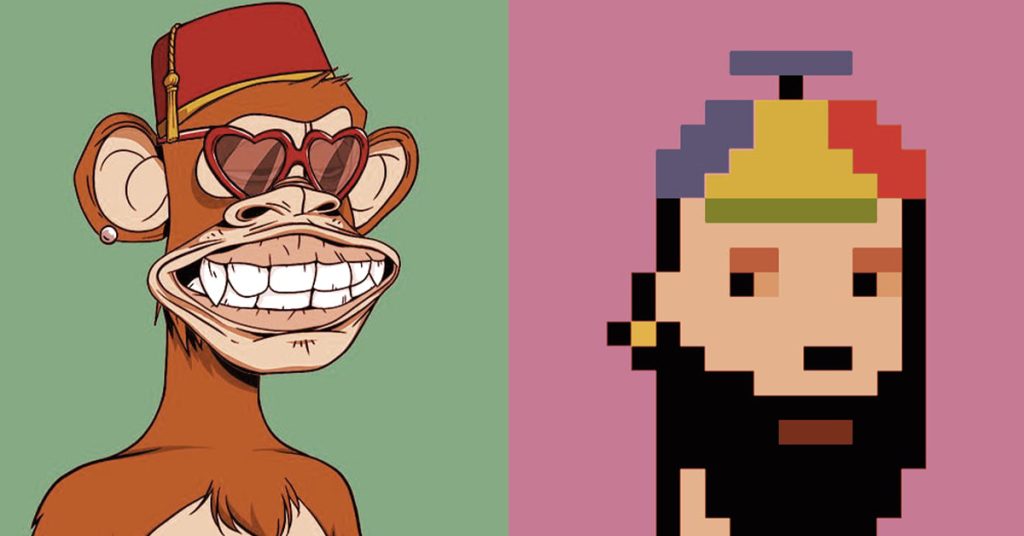
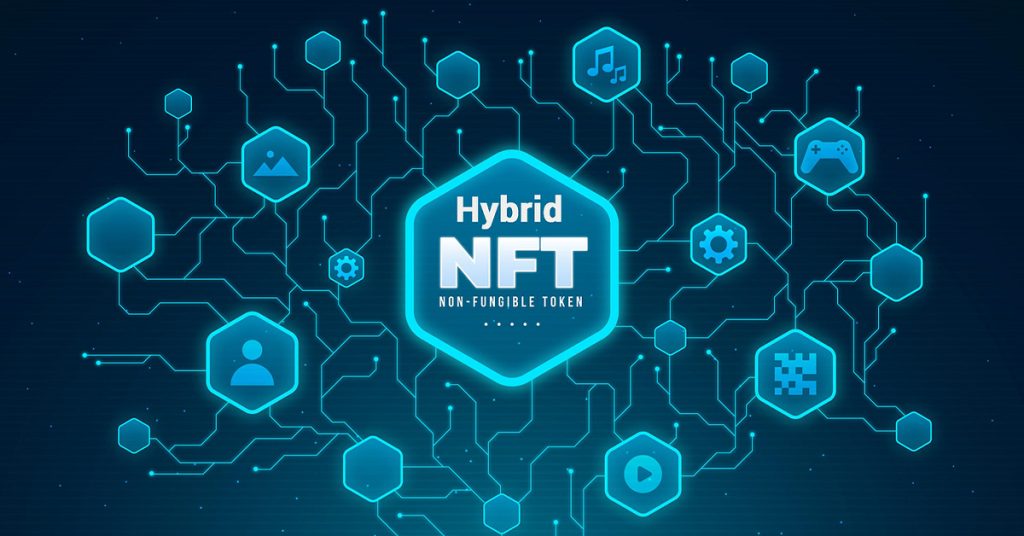
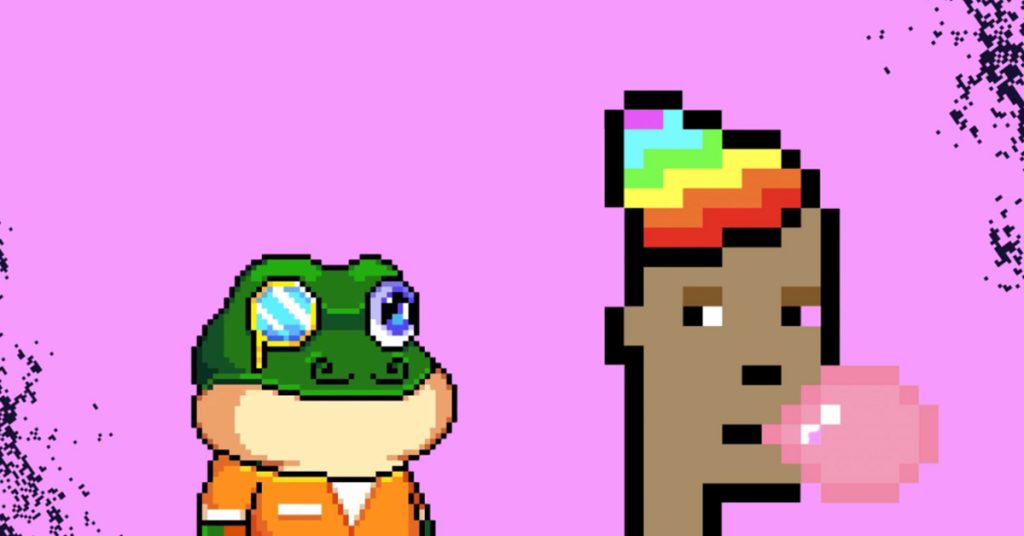
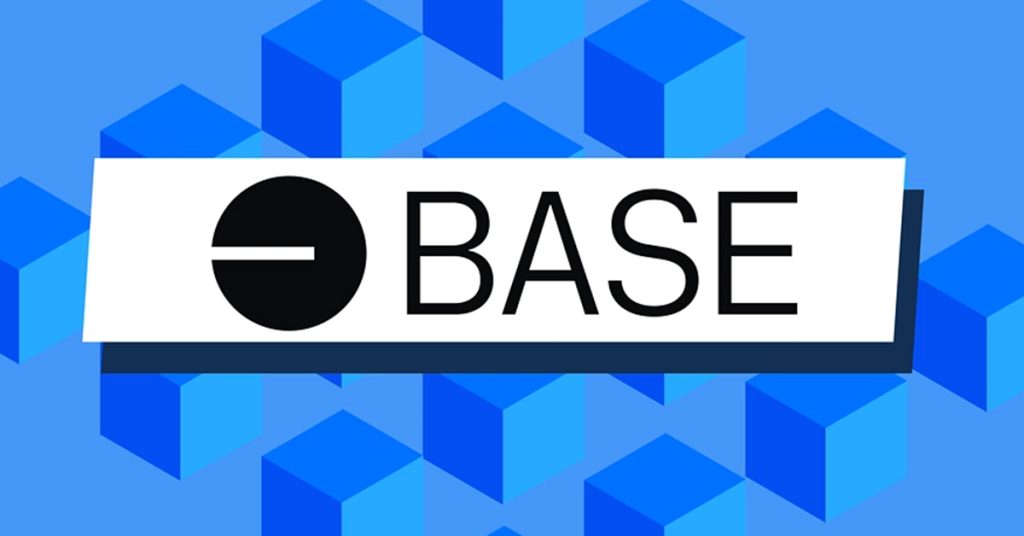
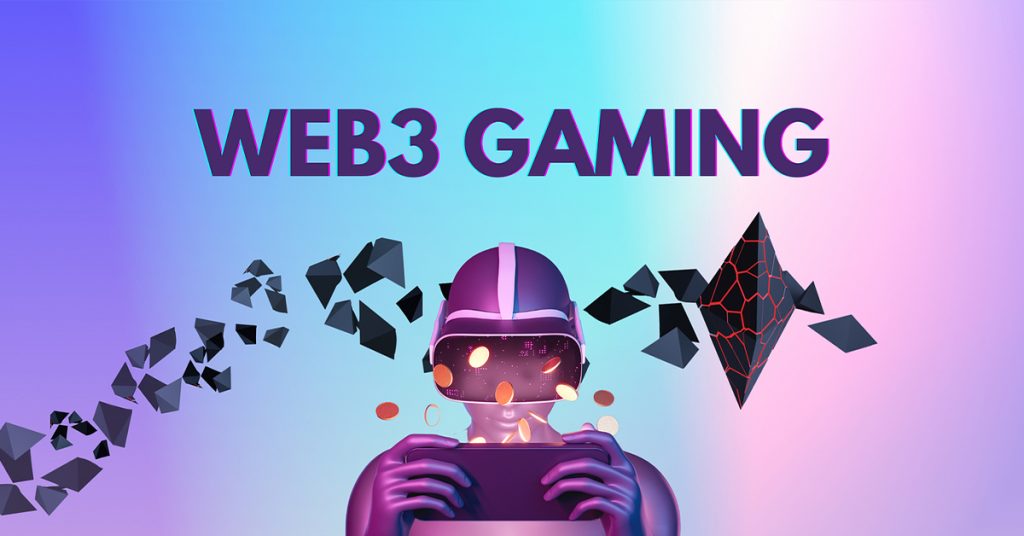
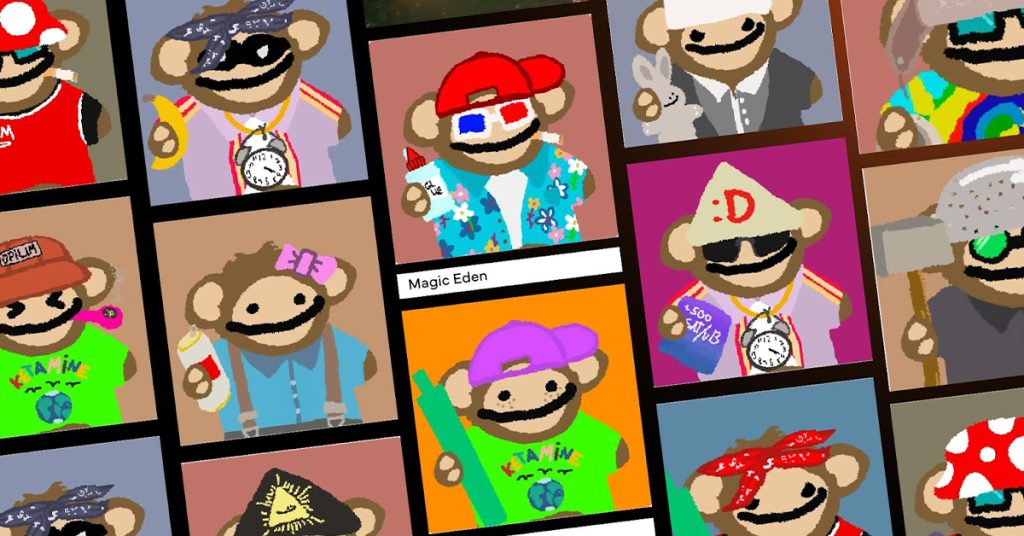
Responses